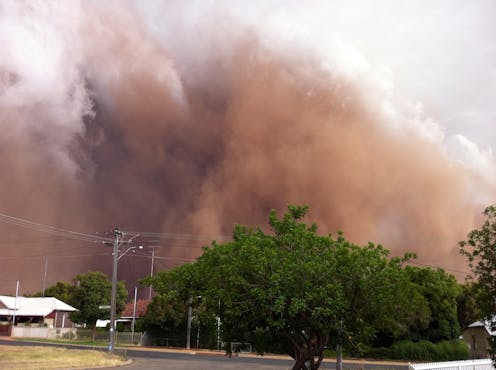The poem as pantechnicon, the poet as polymath: John Kinsella's boundless creativity
- Written by David Brooks, Honorary Associate Professor of Literature, University of Sydney

University of Western Australia Publishing has just released the first of three volumes of John Kinsella’s Collected Poems.
Subtitled The Ascension of Sheep, this monumental text (848 pages) covers the first 25 years of Kinsella’s writing, from The Frozen Sea (1983), which he published – as John Heywood – at the age of 20, to his remarkable New Arcadia (2005) which relocates (re-places) Sir Philip Sidney’s 1598 classic pastoral romance in the salt-blighted landscape of Kinsella’s native Western Australia.
Review: The Ascension of Sheep: Collected Poems Volume One (1980-2005) - John Kinsella (UWAP)

















